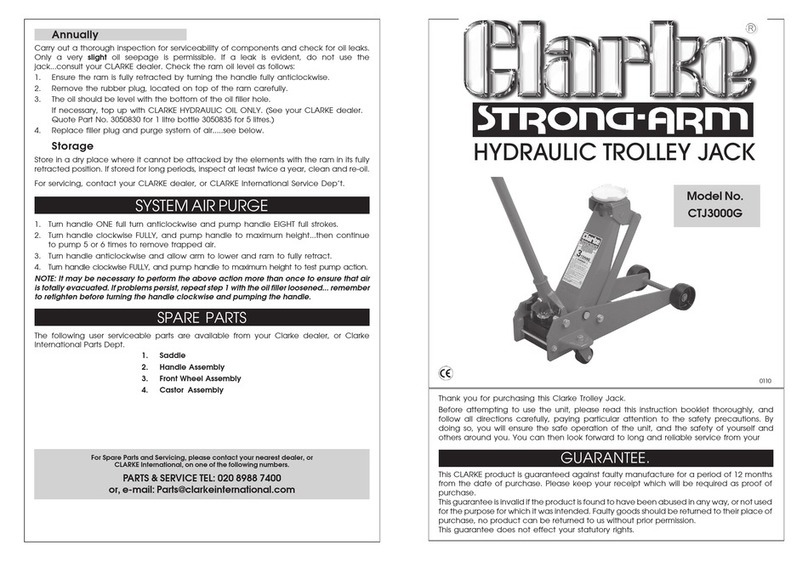
BWL 300-01e
Operating and Maintenance Instructions
4100-001-12.93
Dept. TB / Gm Page 2 40
Rev. Index E Name Steinbach 17.06.05
Date 20.01.10
Type 60 and 61 Screw-jack Gearboxes
Released
BWL_300_Erweiterung_englisch_Speicherstand.DOC
Index
Subject Page
1. Short description 3
2. Proper application 4
3. Transport and weights 5
4. Preparing the installation
4.1. True-running check at the spindle of gear units with rotating spindle 6
6
5. Installation
5.1. Mounting the set of limit switches for gear units with non-rotating spindle
5.2. Mounting the fork link/link-rod head for gear units with non-rotating spindle
5.3. Mounting the spindle nut for gear units with rotating spindle
5.4. Mounting the safety grip nut for gear units with rotating spindle
5.5. Mounting the flanged-nut swivel bearing/the support for gear units with rotating spindle
5.6. Mounting the mating bearing flange for gear units with rotating spindle
5.7. Mounting the bellows
5.8. Mounting the gearbox swivel bearing
5.9. Mounting the mounting strips
5.10. Mounting the input flange
5.11. Mounting the drive coupling
5.12. Mounting the motor
5.13. Mounting the handwheel
7 – 17
7-8
9
9
10
11
11
12
12
13
13-14
15
16
17
6. Electrical start-up 17
7. Mechanical start-up
7.1. Test run of screw-jack gearbox before the installation
7.2. Installation of the screw-jack gearbox in the system
7.3. Lubricating instructions for screw-jack gearboxes
7.4. Installation of screw-jack gearbox with non-rotating spindle in the system
7.5. Installation of screw-jack gearbox with rotating spindle in the system
7.6. Mounting the torsionally stiff linkage shaft (60 83 xxx)
7.7. Mounting the torsionally flexible linkage shaft (60 82 xxx)
18 – 28
18
19
20
21-22
23-25
26-27
28
8. Operation 29
9. Maintenance
9.1. Cleaning the spindle from grease
9.2. Cleaning the basic gear unit
9.3. Changing the gearbox lubricant
9.4. Measuring the wear at the trapezoidal-thread nut
9.5. Replacing the trapezoidal-thread nut
9.6. Measuring the wear of the motor brake
9.7. Replacing the spindle
30 – 35
30
30
31
32-33
34
34
35
10. Marking 38
11. Storage 38
12. Motor connection diagram for three-phase motors without brake and limit switch at the
protective tube of gear units with non-rotating spindle 39
13. Motor connection diagram for three-phase motors with brake 40



























